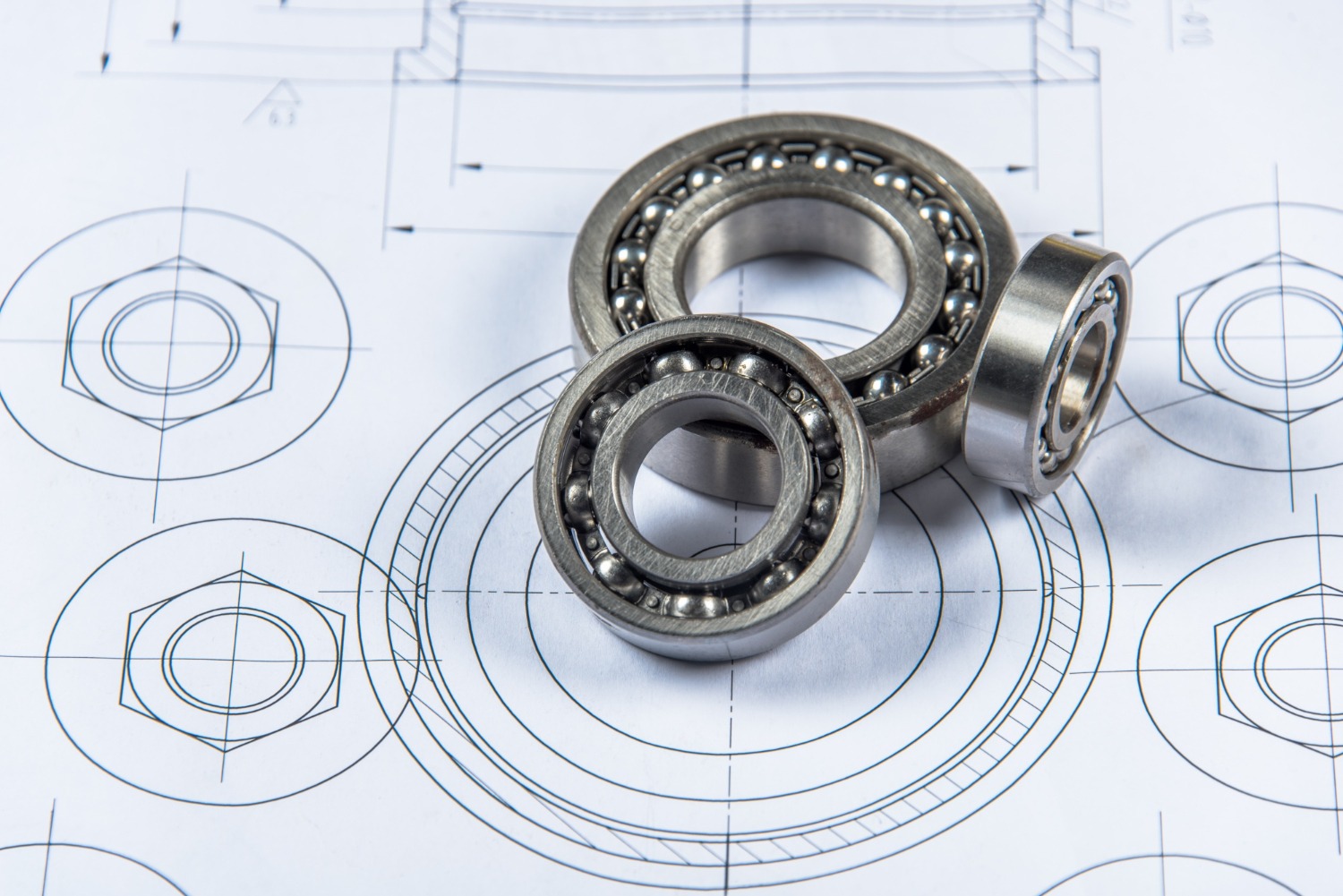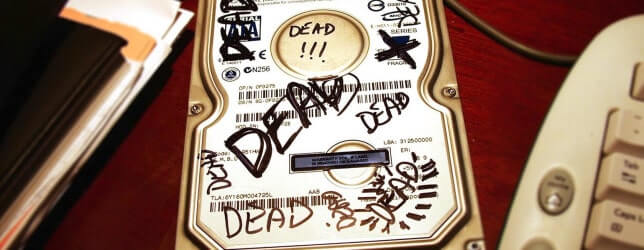Bearings are critical components in a wide range of industrial applications. To ensure their optimal performance and longevity, regular maintenance and proper handling are essential.
Implementing effective maintenance practices not only reduces operational costs but also significantly increases overall efficiency.
Investing in proper bearing care is a strategic decision that yields visible returns in saved time, reduced expenses, and improved workflow continuity. By adopting proactive maintenance measures, companies can extend bearing service life, minimize unplanned downtime, and maintain steady operational performance.
Bearing Maintenance and Care: Best Practices for Optimal Performance
Bearings are critical components in a wide range of industrial applications. To ensure their optimal performance and longevity, regular maintenance and proper handling are essential.
Implementing effective maintenance practices not only reduces operational costs but also significantly increases overall efficiency.
Investing in proper bearing care is a strategic decision that yields visible returns in saved time, reduced expenses, and improved workflow continuity.
By adopting proactive maintenance measures, companies can extend bearing service life, minimize unplanned downtime, and maintain steady operational performance.
Understanding the Importance of Lubrication
One of the most critical aspects of ball bearing maintenance is proper lubrication.
It minimizes friction, reduces wear, and protects bearing surfaces from contamination.
Below are the key principles for achieving effective lubrication:
Selecting the Right Lubricant for Application and Environment
Choosing the correct lubricant is crucial. Each bearing type and application requires a specific formulation—either oil or grease—depending on factors such as operating temperature, load, speed, humidity, dust, and exposure to external environments.
An incorrect lubricant choice can result in premature bearing failure.
Establishing a Regular Lubrication Program
Implementing and maintaining a scheduled lubrication program ensures that bearings consistently operate at peak efficiency.
Lubrication intervals depend on operational conditions and bearing type. Monitoring both lubricant condition and bearing performance helps optimize service frequency and detect potential issues early—maintaining performance and preventing failures.
Preventing Contamination During Lubrication
Contamination is one of the leading causes of bearing failure. Ensure that tools and equipment are clean during lubrication and avoid humid or dusty environments.
Use protective caps and seals to prevent unwanted particles from entering the bearing system.
By recognizing the importance of proper lubrication and following these guidelines, organizations can significantly extend bearing life, improve overall efficiency, and reduce operating costs.
Regular Inspection and Maintenance
Develop a Systematic Inspection Schedule
To maximize bearing life and performance, establish a routine inspection plan. Scheduled inspections allow early detection of wear, misalignment, or imbalance.
Frequent monitoring helps identify potential problems before they escalate, minimizing unplanned downtime and extending service intervals.
Monitor Vibration, Noise, and Temperature
During inspections, pay attention to abnormal vibration, unusual noise, or excessive heat—clear indicators of developing issues.
Timely detection and corrective action can prevent catastrophic failure, avoid costly repairs, and maintain productivity.
Use Condition Monitoring Tools
Advanced condition monitoring tools—such as vibration analyzers, thermography, and acoustic sensors—enable real-time assessment of bearing health.
Integrating predictive maintenance technology into inspection processes enhances preventive care and reduces unplanned stoppages.
Proper Bearing Handling
Correct Storage
Always store bearings in clean, dry environments to prevent corrosion. Humidity is a primary cause of premature bearing wear and failure.
Controlled storage conditions preserve the bearing’s physical integrity and functional performance over time.
Appropriate Tools
Use dedicated installation and removal tools to avoid mechanical damage. Improper handling tools can scratch or deform the bearing surfaces, compromising precision and reducing lifespan.
Specialized tools ensure safe and damage-free installation.
Careful Handling
Handle bearings gently to avoid impacts or drops that may damage internal raceways or rolling elements. Even minor shocks can lead to structural deformation and early failure.
Train personnel on safe handling practices to reduce risks during transport or installation.
Contamination Control
Use of Seals and Shields
Effective sealing systems are essential for preventing dust, dirt, and moisture ingress.
High-quality bearing seals not only block contaminants but also help retain necessary lubrication, ensuring optimal operation and durability.
Clean Work Environment
Before performing maintenance, ensure that the work area is completely clean. Dust or debris in the workspace can adhere to bearing surfaces and cause premature wear. Maintaining a contamination-free environment is a simple but critical step toward extending bearing life.
Caution with Chemicals
Avoid using aggressive chemical solvents during maintenance. Some chemicals can corrode or degrade bearing materials, leading to early failure. Only use cleaning and lubrication products approved for bearing applications to maintain material integrity.
Implementing strong contamination control practices ensures that bearings operate at maximum efficiency, minimizing repair costs and downtime while extending system longevity.
Conclusion
Proper care of ball bearings is essential to guarantee performance and extend service life.
Among all maintenance actions, adequate lubrication remains the most important.
Using the correct lubricant at regular intervals prevents excessive wear, friction, and overheating—key contributors to bearing failure.
Equally important are regular inspections to identify signs of wear, corrosion, or misalignment early on, and clean working conditions to prevent contamination.
Following manufacturer specifications on torque, alignment, and mounting can eliminate most avoidable issues.
In summary, systematic maintenance and proper handling are fundamental for ensuring the reliability and longevity of bearings.
Implementing these best practices leads to lower maintenance costs, greater operational efficiency, and sustained mechanical performance—a true long-term investment in industrial productivity.








